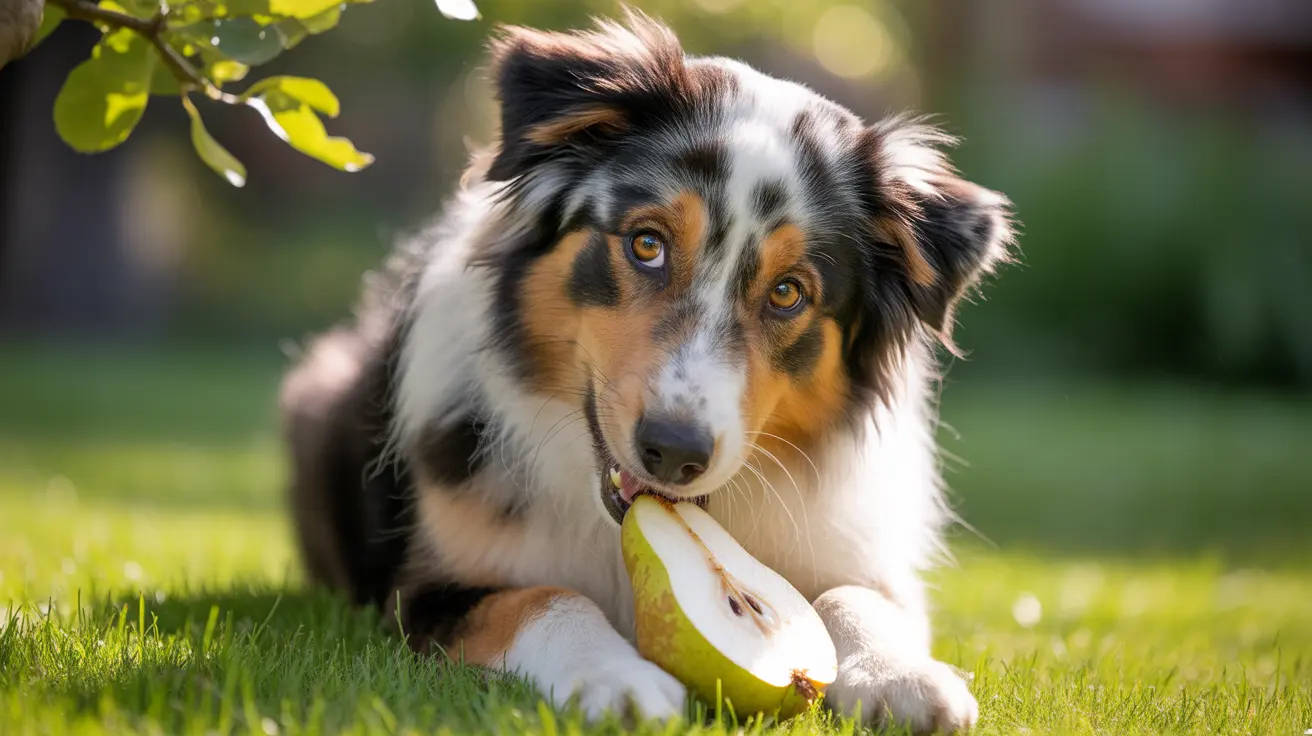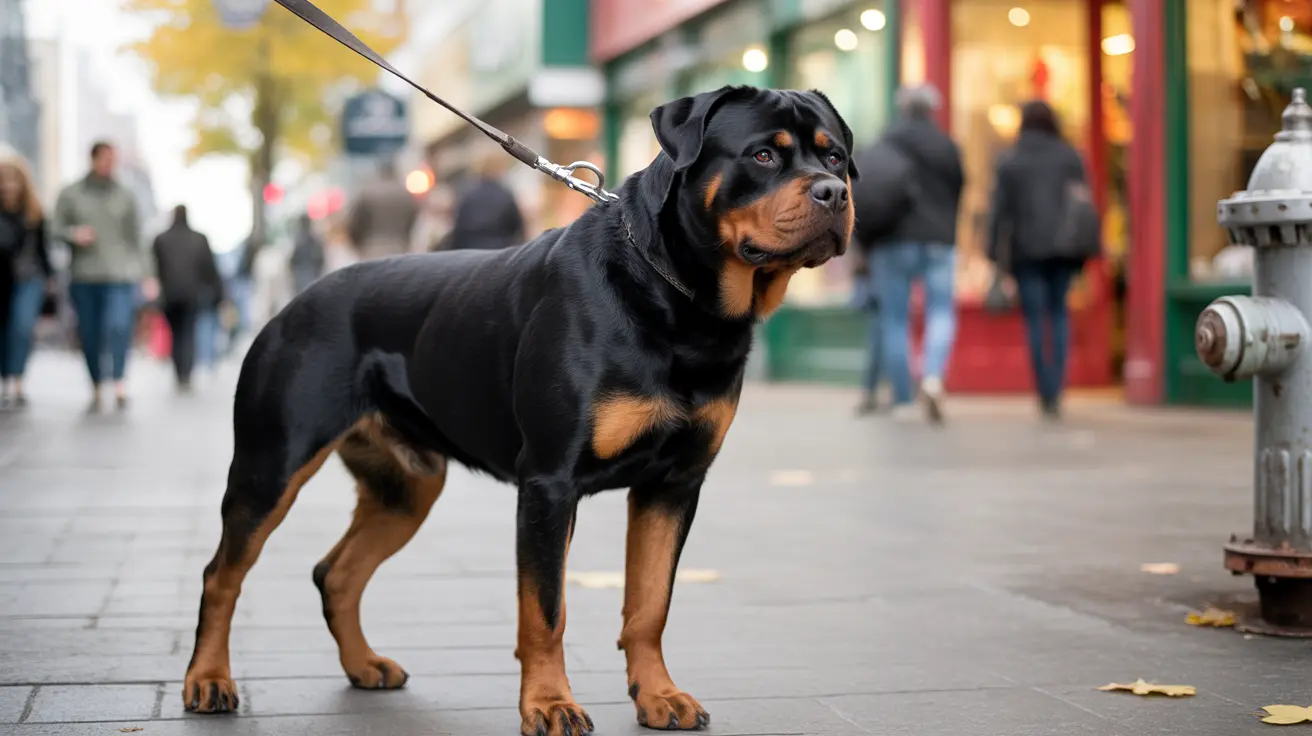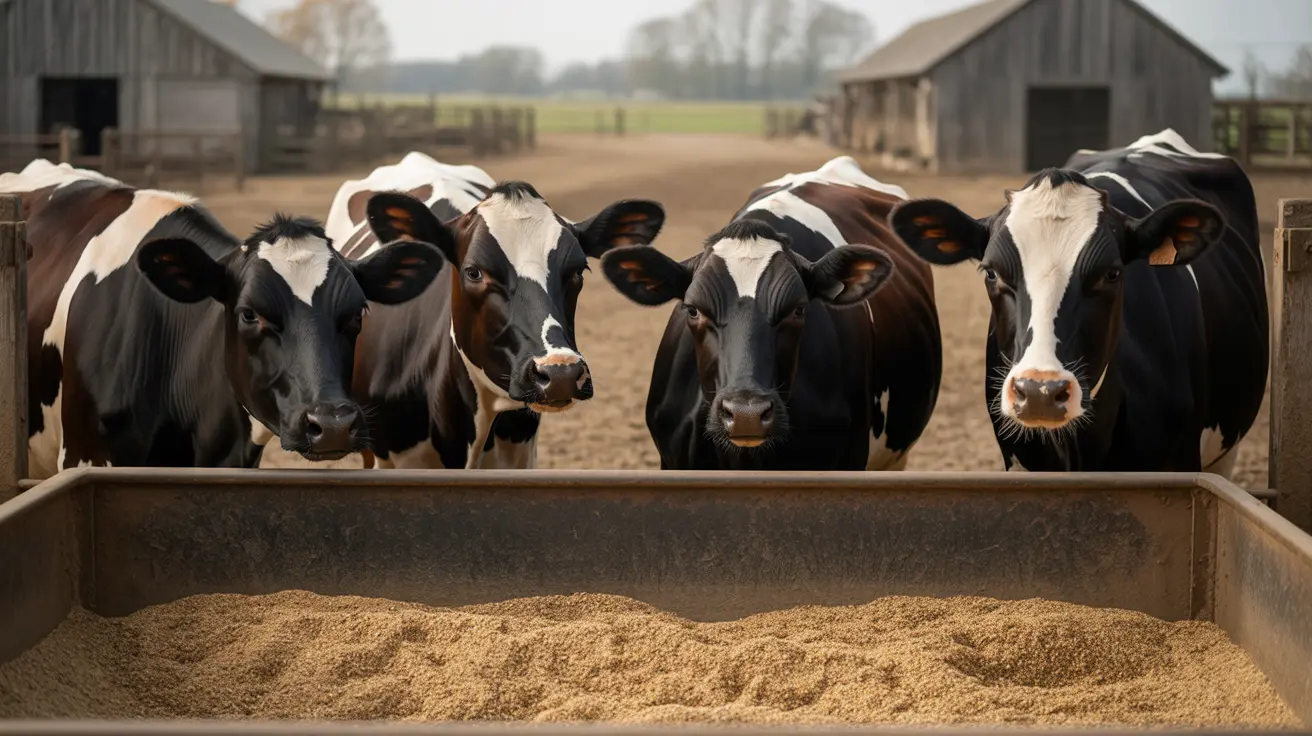Understanding How Vets Remove Dew Claws
Many pet owners wonder about the necessity and process behind the removal of dew claws in dogs and other animals. Dew claws are residual digits located higher up on the leg, resembling a thumb. In some breeds, especially working or hunting dogs, these claws can snag on objects or become injured, leading vets and owners to consider their removal for safety reasons. In this article, we'll explore how vets remove dew claws, when it's typically done, what the procedure involves, and what care is required afterward.
What Are Dew Claws?
Dew claws are the first digits on a dog's paw—similar to a human thumb—and are found on the inner part of the leg. Most dogs have dew claws on their front legs, and some breeds may even have them on their hind legs. They're not usually in contact with the ground, which makes them more prone to snagging and injury.
Why Are Dew Claws Removed?
There are several reasons why a vet might recommend removing dew claws, particularly in dogs:
- Injury Risk: Because they don’t touch the ground, dew claws can easily get caught in brushes, fences, or during play, leading to painful tears or fractures.
- Preventive Measures: For highly active or working dogs, removal may be suggested to avoid future injury.
- Breed Standards: Certain dog show regulations or breed standards may call for the dew claws to be removed early in life.
- Infection or Disease: Abnormal growth or infection of the dew claw may require surgical removal.
When Is Dew Claw Removal Performed?
Dew claw removal is most commonly performed when the puppy is 3 to 5 days old. At this age, the claw and surrounding structures are not fully developed, making removal less complex and recovery quicker.
However, adult dogs may still undergo dew claw removal if there's an injury or medical reason. In this case, it’s done under general anesthesia, and recovery takes longer.
The Surgical Procedure
Removing dew claws surgically is a routine procedure performed by licensed veterinarians. Here's an overview of how the process works:
- Anesthesia: For adult dogs, general anesthesia is used to ensure the dog feels no pain. For puppies, local anesthesia may suffice.
- Incision: The vet makes an incision around the base of the claw, carefully separating the dew claw from the bone, muscle, and tendons.
- Removal: The entire digit is removed, and the area is checked for bleeding or signs of infection.
- Sutures: The site is sutured and bandaged. In some cases, surgical glue may be used.
- Recovery: Pain medications and antibiotics may be prescribed, and the dog will wear a bandage or protective boot for about 7-10 days.
Recovery and Aftercare
Post-surgery care is crucial to ensure proper healing and avoid infection. Here’s what to expect during the recovery process:
- Restricted Activity: Limit your dog’s movement to prevent reopening of the incision.
- Bandage Checks: Keep the area clean and dry. Change bandages as directed by the vet.
- Pain Management: Administer prescribed meds as instructed. Watch for signs of discomfort.
- Vet Follow-up: Attend all follow-up appointments to ensure proper healing and suture removal.
Potential Complications
Although the procedure is generally safe, there are still risks involved:
- Infection: Improper wound care can lead to infection.
- Nerve Damage: Rarely, improper surgical technique can affect nearby nerves.
- Regrowth: If any part of the dew claw is left behind, it can regrow.
- Scarring or Lameness: In rare cases, dogs may develop minor limping or stiffness.
Alternatives to Removal
Some pet owners may prefer non-surgical options:
- Regular Trimming: Keeping the claw short reduces the chance of snagging or tearing.
- Paw Protection: Dog boots can protect dew claws during intense activity.
- Monitoring: Be vigilant for signs of wear, redness, or trauma to the claws.
Final Thoughts
Dew claw removal is a common and generally straightforward surgical procedure when performed by a skilled veterinarian. It's typically done for medical or preventive purposes, especially in certain breeds or working dogs. Knowing what the procedure involves, along with proper post-op care, allows pet owners to make informed decisions for their pet’s health and safety. Always consult with your vet to determine if dew claw removal is necessary for your dog.





